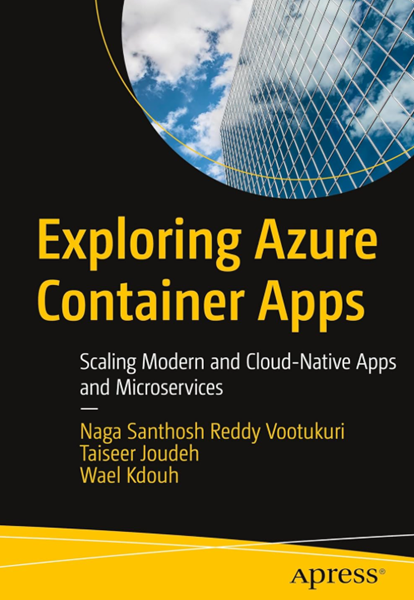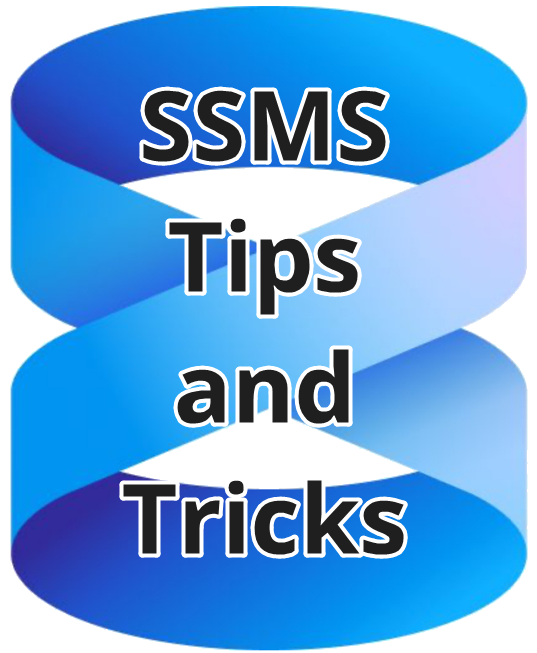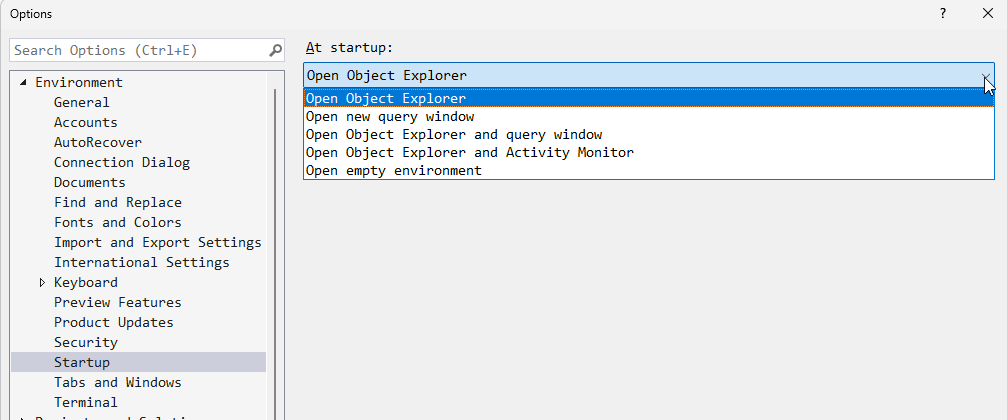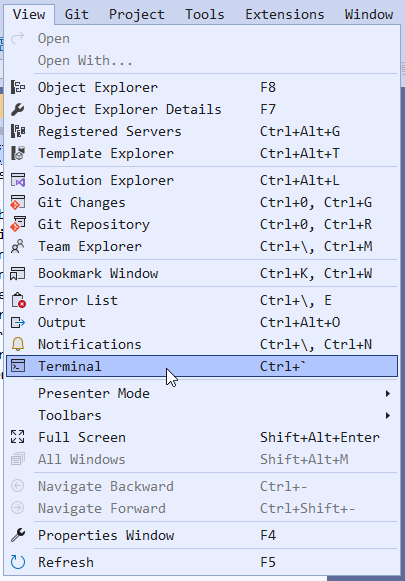
SQL: Getting comfortable working with Resource Governor
In SQL Server versions prior to SQL Server 2008, the database engine had always tried to provide balanced performance to all concurrent users. Most DBAs however have come across situations where they have wished they had control over the priority assigned to users or workloads as the balanced approach that SQL Server provided might not have suited their business needs.
Way back in SQL Server 2008, Microsoft introduced the concept of resource governance and allowed us to exercise a degree of control in this area. The implementation still has a number of limitations but what was supplied was sufficient to deal a large number of common scenarios. As an example of how this technology might be used, I’ll describe a scenario that I commonly encounter.
2025-10-17








